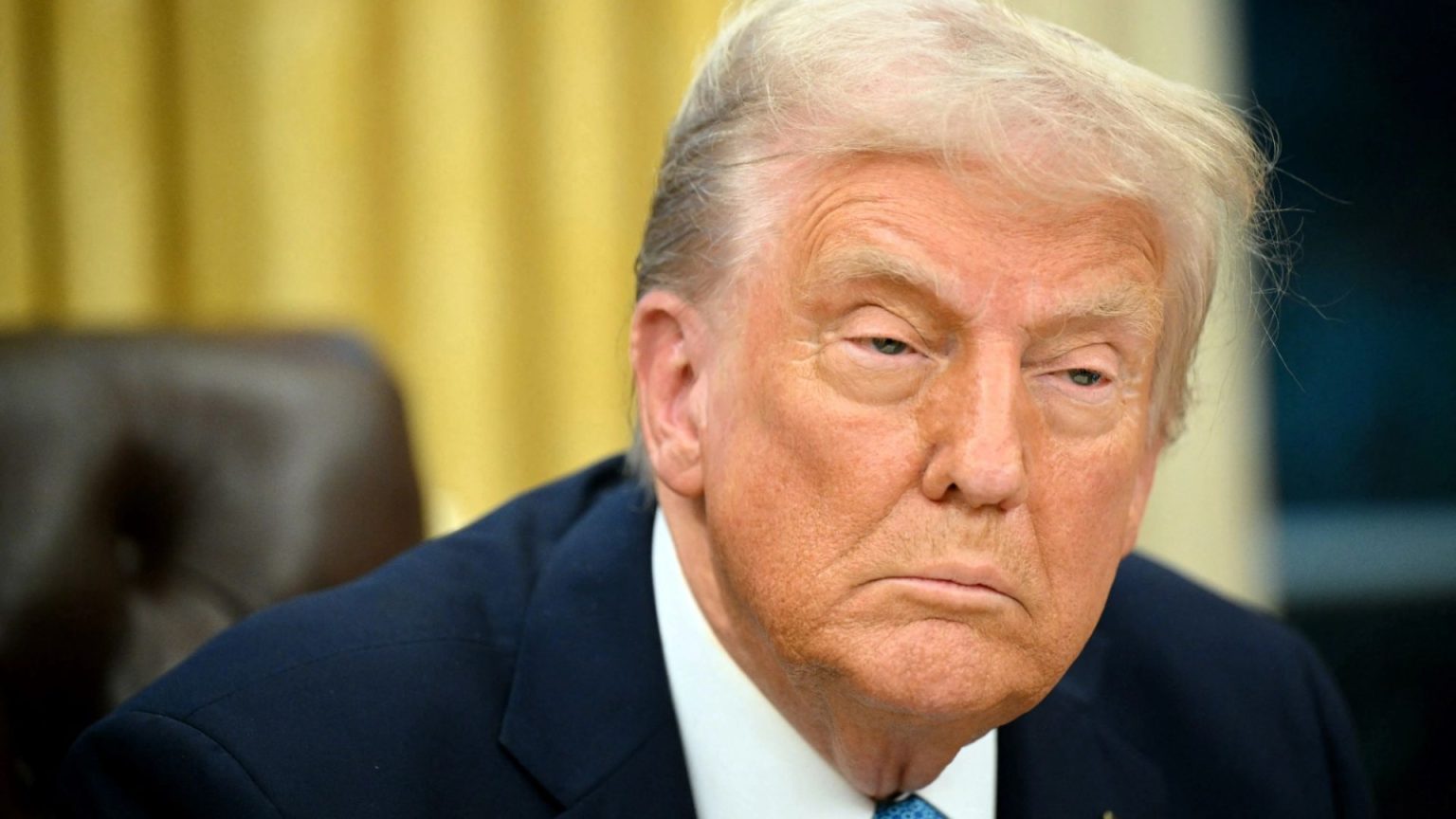President Donald Trump’s imposition of steep tariffs on imports from Canada and Mexico has ignited a potential trade war with America’s closest neighbors. Trump justifies the tariffs as a crucial measure to curb the flow of fentanyl into the United States, citing it as a national security concern. The 25% tariffs on a wide range of goods from both countries, coupled with a 10% tariff on Chinese imports, are expected to increase prices for American consumers on everyday items like groceries, cars, and electronics. While the administration argues that these measures are necessary to protect American jobs and combat the opioid crisis, economists warn of a potential economic downturn, with increased inflation and slowed growth if prices surge as predicted. The move has been met with strong criticism and retaliatory measures from Canada and Mexico, raising concerns about the long-term impact on North American trade relations.
Canada, under Prime Minister Justin Trudeau, responded swiftly by imposing matching tariffs on up to $155 billion worth of US imports, targeting goods like alcohol and fruit. Trudeau expressed disappointment and a sense of betrayal, highlighting Canada’s steadfast support for the US in times of crisis, including military deployments and disaster relief efforts. He emphasized the negative impact the tariffs will have on workers on both sides of the border, reiterating Canada’s commitment to defending its interests and the crucial trading relationship with the US. Mexico, too, condemned the tariffs, with criticisms aimed directly at Trump’s rhetoric connecting the Mexican government to criminal organizations. Mexican officials urged the US to address its domestic drug consumption problem rather than placing blame on its southern neighbor. These retaliatory measures underscore the escalating tensions and the potential for a protracted trade dispute.
The economic consequences of the tariffs are projected to be significant. Experts predict that American families could face increased costs of up to $1,000 annually due to price hikes on imported goods. This inflationary pressure comes at a time when the Federal Reserve had just managed to stabilize inflation rates, potentially undermining recent economic progress. The tariffs are also expected to disrupt established supply chains, impacting businesses and consumers alike. The automotive industry, in particular, is anticipated to be heavily affected, given the integrated nature of North American auto manufacturing. Furthermore, the agricultural sector is bracing for substantial impacts, as the tariffs target key produce imports like avocados and tomatoes from Mexico.
China, another target of Trump’s trade policies, has also threatened action, pledging to take the US to the World Trade Organization. While specific retaliatory tariffs from China have yet to be announced, the escalating trade tensions with multiple major trading partners raise concerns about a global trade war. Trump’s aggressive trade stance extends beyond North America, encompassing plans for tariffs on a broader range of imports, including computer chips, steel, oil, natural gas, copper, pharmaceutical drugs, and goods from the European Union. This confrontational approach to international trade has alarmed economists and policymakers, who fear a disruption of global trade flows and potential economic repercussions for all parties involved.
The tariffs represent a dramatic shift in US trade policy, a cornerstone of Trump’s “America First” agenda. The president has repeatedly criticized existing trade agreements and accused other countries of unfair trade practices, arguing that tariffs are necessary to protect American industries and jobs. This protectionist approach has strained relationships with key allies, exemplified by the recent dispute with Colombia over the repatriation of migrants. Trump imposed tariffs on Colombian goods and threatened even harsher measures before Bogota agreed to accept the return of its citizens. This incident, along with the escalating tensions with Canada and Mexico, highlights the administration’s willingness to use tariffs as a lever to achieve its policy objectives, regardless of the potential for diplomatic and economic fallout.
Beyond trade, Trump’s early actions in his second term have been marked by a series of controversial moves. These include the declaration of a national emergency at the US-Mexico border to secure funding for a border wall, an executive order aimed at ending birthright citizenship, and the designation of Mexican drug cartels and certain gangs as foreign terrorist organizations. He also reiterated his commitment to withdrawing from the Paris Climate Agreement and declassified sensitive documents related to historical assassinations. These actions, combined with his aggressive trade policies, signal a turbulent start to his second term, with significant implications for both domestic and international affairs. The long-term consequences of these policies remain to be seen, but the immediate impact has been a heightened sense of uncertainty and instability in global markets and international relations.


